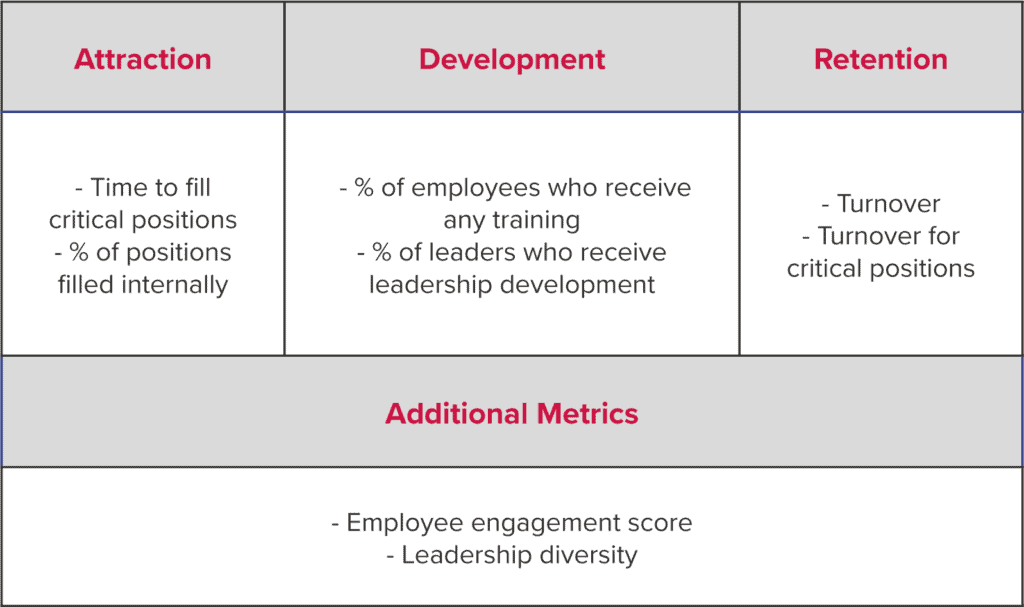SEC human capital disclosures: Why now, and what you need to know
For the first time ever, new SEC regulations are talking about human capital. This means that CHROs’ reports are now on par with other investment-grade reporting by the likes of CFOs, COOs and even CEOs. What led to this change, and what does it mean for you?

On November 9, 2020, the SEC introduced a change to their disclosure standards for the first time in 30 years, extending them to encompass human capital alongside physical and financial capital that has been reported up until now. This change, though so far not widely discussed, has huge repercussions for publicly traded companies – and, specifically, for their HR leaders.
For many in the HR world, SEC disclosures form a new and unfamiliar terrain. The following is meant to act as a primer, providing a basic introduction to SEC disclosures, the new SEC human capital metrics, as well as practical recommendations for going forward for HR leaders.
But first, some context.
What Is the SEC?
To this day, the world’s greatest economic trauma and financial crisis is the Great Depression of the 1930s, brought on by the stock market crash of 1929. The crash was caused by a variety of factors, the most significant of which was untethered, speculative investments in stock markets. To prevent similar crashes from ever taking place again – and to protect investors and the national banking system – the United States federal government founded the U.S. Securities and Exchange Commission, better known as the SEC, in 1934.
The SEC has three main missions: to protect investors; maintain fair, orderly, and efficient markets; and facilitate capital formation.
To accomplish this, publicly traded companies are required to disclose information about their activities, finances and capabilities, gathered by the SEC in a variety of quarterly and annual reports, containing key information about their business so people are able to make responsible, informed investment decisions.
Investors, in turn, have come to rely on the SEC’s databases in their decision-making processes, as the information reported therein is, by design, pivotal to the companies’ value.
But while the American economy was primarily industry and manufacturing-oriented in the 1930s – and the 1970s, when disclosures guidelines were last updated – today, industry and manufacturing have taken a back seat, while services and R&D have moved to the forefront.
But while the economy has shifted, SEC regulations have remained largely unchanged – until now.
New Regulations
Up until the 1980s, the majority of publicly traded companies’ value was tied directly to their physical and tangible assets. But by 2015, only 16% of the value of S&P 500 companies could be explained by these metrics, while the remaining 84% was tied to human capital.
But while human capital is the primary driver of value in the stock market today, the only “human capital” metric companies were required to disclose according to the 1977 SEC rules was the total number of employees – not a very informative measure of human resources or potential for investors. The new SEC standards change all that, and mandate an expanded set of human capital metrics for disclosure, including (but not limited to) attraction, development and retention, as well as reference topics like health and safety, diversity and inclusion, engagement, and employee satisfaction.
In short, the SEC is effectively taking up a position which holds that a company’s value is dependent the way the company treats its employees as much as it is on financial bottom lines. Of course, with the new regulations in place, this also means that these human capital metrics will directly affect financial bottom lines as people consider them in their investments.
Who Needs Rules, Anyway? The SEC’s Principles-Based Approach
The new SEC Human Capital disclosure requirements may have far-reaching implications for publicly traded companies, but what they don’t have is a clear set of rules defining exactly what human capital metrics need to be disclosed. In fact, even the term “human capital” isn’t clearly defined in the new regulations – but this isn’t oversight: it’s by design.
Generally speaking, the SEC’s approach to these reports is a principles-based one, in which they eschew defined rules, and instead share the desired outcome of the report with companies, allowing each company to decide for itself what data is best suited to help investors make an informed decision. This allows for a lot of flexibility, based on the understanding the different industries may be served best by different metrics. This also allows companies, investors, and the SEC itself to learn on the go, augmenting and improving the process from one report to the next.

Why It Matters
Adding human capital to the SEC’s disclosures requirements represents a shift in the way businesses are assessed and valued. A company’s value is no longer solely dictated by the product or service they offer, but also by the way its human resources are treated and organized. This isn’t just an ethical stance – it’s a statement regarding the business’ capacity to pivot, change and grow based on the talent available to it.
What it also means is that companies’ HR leadership has now been elevated to its rightful place, right next to the CFO, COO and CEO. CHROs’ actions and reporting now directly influence stocks and company value – and therefore need to be investment-grade to reflect that.
While that may initially be a little anxiety-inducing, this is, in fact, a phenomenal opportunity for companies’ HR departments to demonstrate their worth and contribution to bottom lines – and, with the increased attention they’re bound to receive, to push for projects and reforms they’d like to promote.
Moving the Dial
Initially, HR departments are likely going to focus on finding the right metrics to tell the story of their companies’ human capital – but once those initial disclosures are submitted, real pressure will be on CHROs to demonstrate improvement and progress in the metrics they’ve reported.
It’s here that technology like Gloat’s Talent Marketplace comes in, providing both executive-level insights into workforce, skills and talent, as well as tools to act on those insights and drive real change down to the employee level. Using this technology will not only allow CHROs to more easily report the status of their human capital, but to actually improve performance on everything from internal mobility, D&L and mentoring, to D&I. engagement and employee satisfaction.
This is a big moment for CHROs. With the right strategy, technology and partners, you can enable your organization and its employees to succeed – and advance your own standing.
To read more, and download a sharable primer on the new SEC guidelines, see Gloat’s Guide to SEC Human Capital Disclosures.
Never miss an insight
Keep growing with exclusive content by Gloat’s experts





